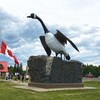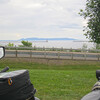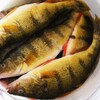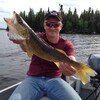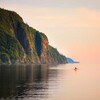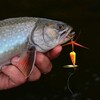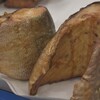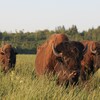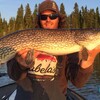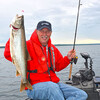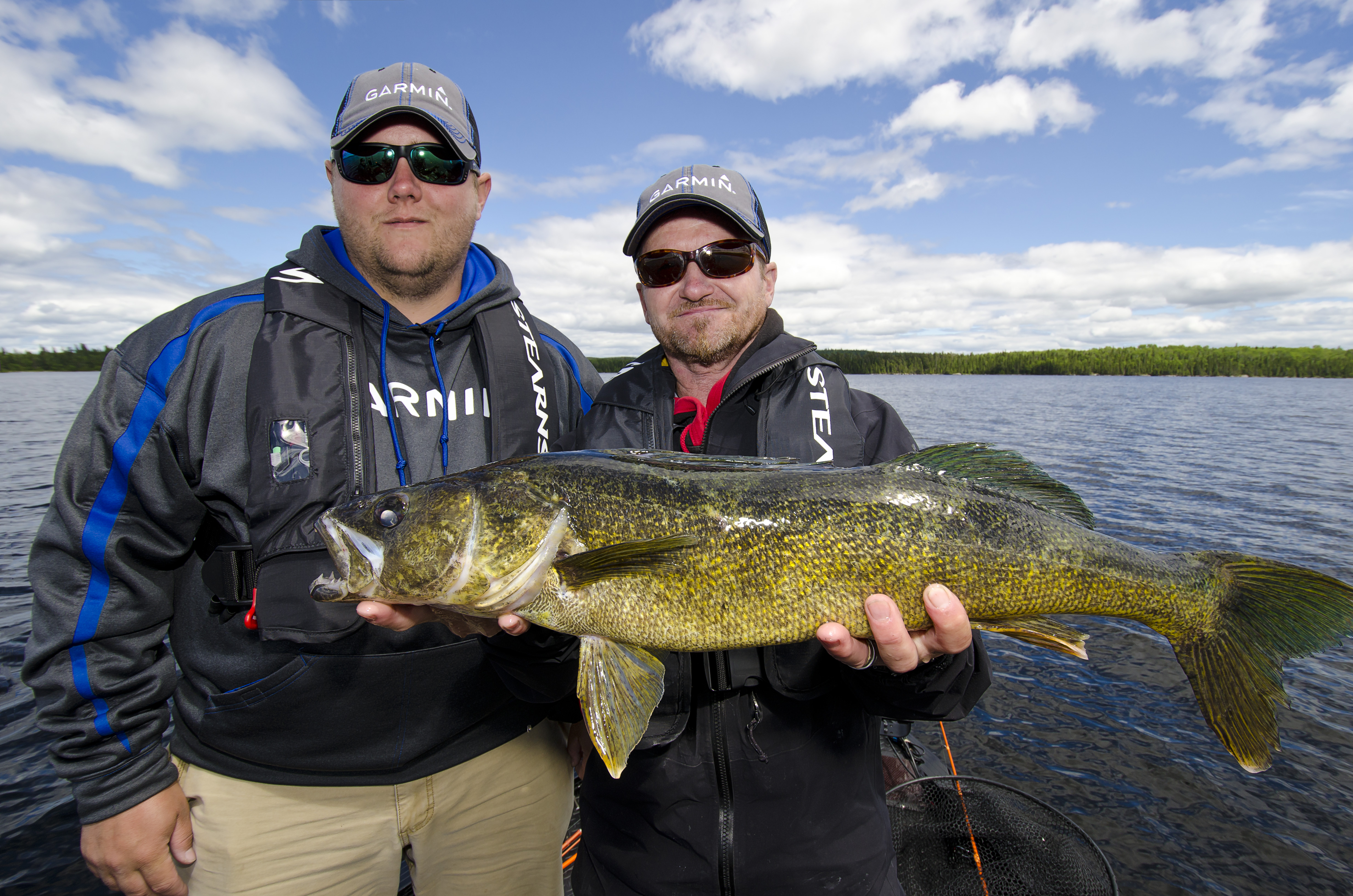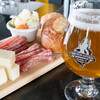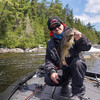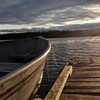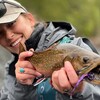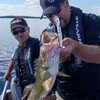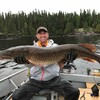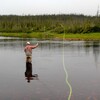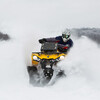
Give Northern Pike a One-Two Punch
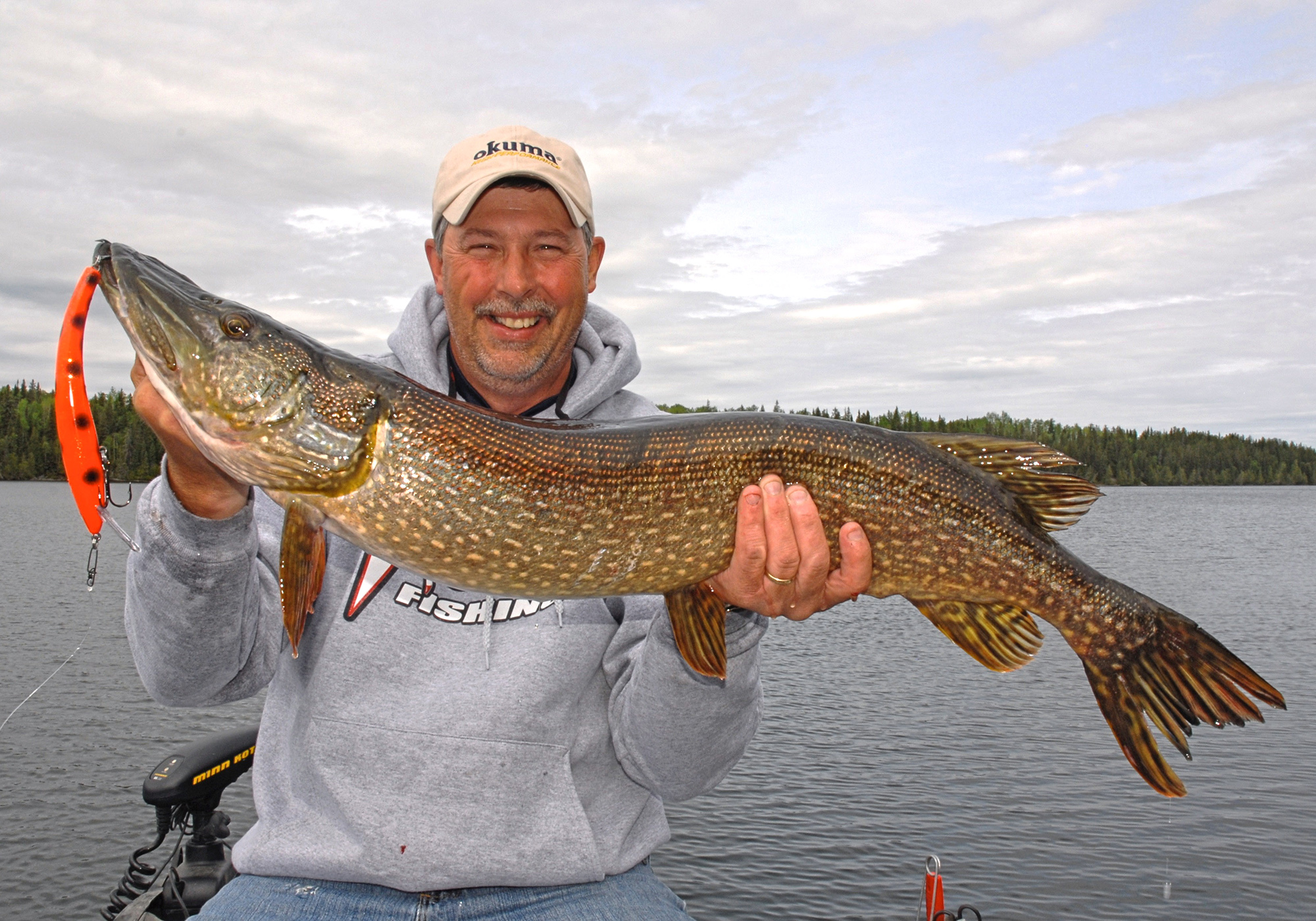
Northern pike is one of Ontario's most abundant game fish. Nicknamed a lot of colourful labels like gators, water wolves, snakes, and a few other descriptive names not suitable for a G-rated blog, the thing about pike and pike fishing is that anglers either love them or hate them.
Personally, I fell willingly into the "love" category the first time one of these torpedo-shaped predators darted out and grabbed my lure inches from the boat! Pike are notorious for following baits and striking at the last possible second.
The aggressive attitude pike typically display makes them a little easier to catch than some other species, but more importantly, those aggressive strikes create a rush that's hard to duplicate with any other species found in freshwater.
Those anglers who don't sing the praises of northern pike are generally individuals who have found themselves plagued by fisheries that have far too many small pike. Not every body of water produces trophy pike or even high-quality pike, for that matter. The best pike lakes tend to be larger fisheries that have an abundance of critical forage options including suckers, ciscoes, whitefish and perch.
Algoma Country is smack in the middle of some of the best pike fishing in North America. Not only do most Ontario lakes and rivers harbour pike a significant number of fisheries in this region rank as world-class pike fisheries.
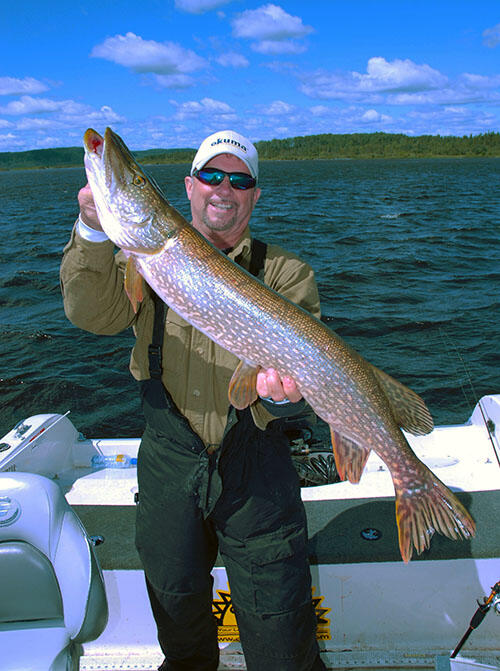
Troll...Then Cast
Pike spawn early in the spring and then, almost immediately following the spawn, take up residence in shallow water bays. The bays that are especially attractive to pike are those that feature pockets of common pond weed or what anglers refer to as "cabbage." Find the cabbage patch and you've typically found good pike fishing that lasts all of June and into early July, but these isolated patches of submerged salad aren't always easy to find.
When fishing unfamiliar water, my pike fishing approach combines both trolling and casting presentations. Trolling is the most practical way to cover water quickly while hunting for fish. Once I catch a fish or spot some weed cover that looks promising, casting is typically a more exciting and productive way to target pike living in the weeds.
For pike trolling in the spring, I'm almost always reaching for an oversized jerkbait. Most jerkbaits on the market are in the three to five-inch range and designed for bass fishing. These baits will interest pike, but because the lures are on the small side, pike tend to inhale them deep down their throat.
When targeting pike, I prefer the larger "saltwater" versions of these slender minnow imitators that are tough for pike to completely swallow. Secondly, big jerkbaits have larger tempered hooks that are essential in hooking and landing trophy pike.
Some of my favourite jerkbaits for pike fishing include the No.18 Rapala Minnow and the No.14 Rapala Husky Jerk, the Yo-Zuri Magnum Crystal Minnow, the Magnum Bomber Long A, the Reef Runner's 900 Series and the Salmo Warrior Crank. All of these baits are big enough to get the attention of trophy pike, and they come equipped with hooks suitable for the task at hand.
Jumbo-sized jerkbaits are productive when long lines are trolled out the back of the boat. A bass-style "flippin' stick" with a baitcasting reel loaded with a 20-pound test monofilament line makes for the ideal pike trolling outfit. While trolling, I'm simply zig-zagging the boat in as shallow as three or four feet of water and out as deep as 10 to 15 feet of water in an effort to find pockets of cabbage weed.
In most Ontario lakes, this is the depth range where cabbage weed is most likely to be found. Once a patch of cabbage is located, trolling is clearly not the most efficient way of fishing this cover. It's at this point that I make the switch from trolling to casting.
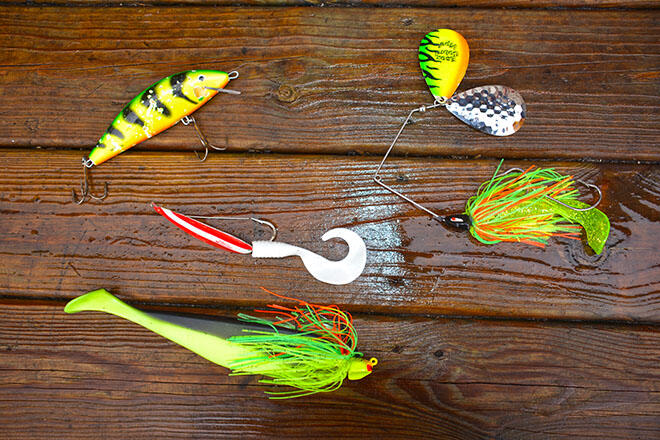
A Casting Strategy
The same oversized jerk baits described for trolling are often deadly casting baits. A slow, steady retrieve will produce strikes, but switching to a twitch and pause "jerkbait style" retrieve will usually produce a better-than-a-steady retrieve. Because jerkbaits have a lot of treble hooks on them, they aren't the most efficient lures for fishing in the salad. If the weed growth is isolated, a jerkbait is a good candidate. But in areas where the weeds are denser, other baits like weedless spoons, spinnerbaits and weedless jigs are the ideal casting lures for targeting pike.
Weedless spoons work best when the hook is dressed with a 5-inch twister tail or a pork rind trailer. These trailers give the spoon more action -- a scent trail in the water, and they cause the spoon to flutter down more slowly when the retrieve is paused. Classics like the Johnson Silver Minnow are great weedless spoons that have caught countless northern pike. The larger sizes are best suited to targeting big pike.
A musky/pike-sized spinnerbait is another essential lure for fishing in the salad. Bass-sized spinnerbaits simply aren't built heavy enough to withstand the abuse pike are going to dish out. A number of manufacturers produce spinnerbaits made especially for pike and musky fishing.
Spinnerbaits do an amazing job of pulling through weed cover without fouling, making them ideal for drifting and casting out large weed flats. Unfortunately, in dense weed cover, even the spinnerbait struggles to avoid conflicts with the salad. In this case, switching to a weedless jig dressed with an oversized twister tail or shad body becomes the go-to casting option.
A weedless jig is about the only lure that can be fished among dense weed growth without constantly fouling. When faced with dense weed cover, it's almost always best to find the deep-water edge where the weed growth starts to thin out and concentrate on this natural transition between weed cover and the security of deeper water.
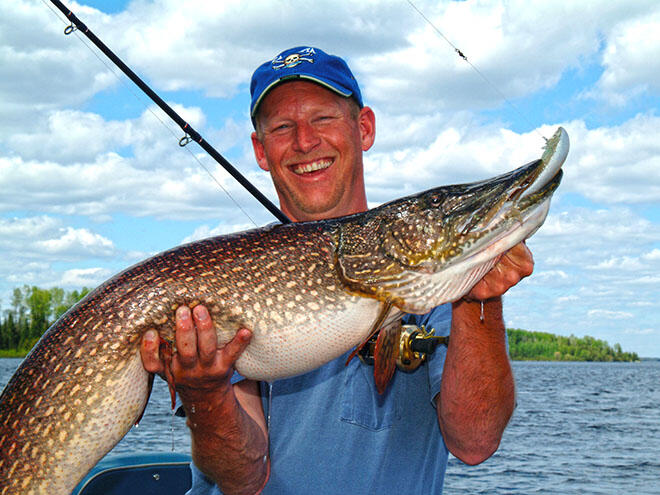
Casting Rods
For casting applications, I favour a little longer rod in the 8 feet, 0-inch to 8 feet, 6-inch range. The extra rod length helps gain casting distance. Some of the best rods for this style of fishing are marketed as "swimbait" rods featuring a medium/heavy or heavy action. Okuma has one of the most extensive selections of swimbait rods on the market, and all are ideal for pike casting applications.
For casting, I spool up with a 50- to 65-pound test braided line. Braided line cuts and rips through weed cover better than monofilament and allows for the luxury of longer casts. Also, if a big fish is hooked and runs into a dense clump of weeds, a braided line is going to provide the power and leverage needed to literally wrestle that fish back into open water.
Pike Leaders
No discussion of pike fishing is complete without at least touching on the topic of leaders. Most anglers favour a steel leader to prevent pike from biting off their favourite lures.
My solution to this problem is to add a 24-inch leader of 60- to 80-pound test fluorocarbon line. Fluorocarbon is tough enough to resist bite-offs even from large pike, and because this line is more flexible than metal leader materials, lures have a more natural action.
A heavy-duty barrel swivel can be used to attach the leader to the mainline, or you can use a knot called the Double Uni Knot, which you can learn to tie by visiting the site www.animatedknots.com
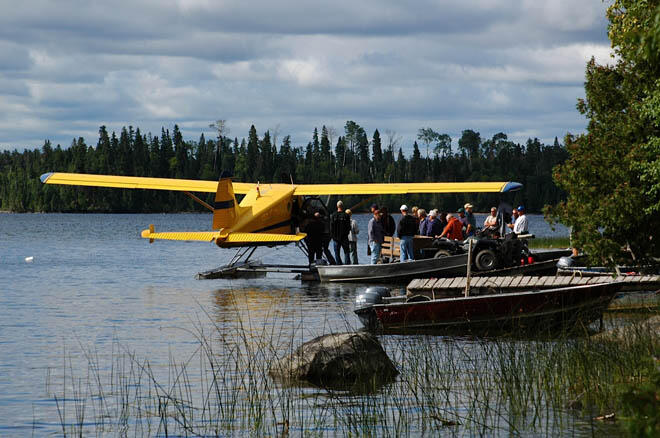
Summing It Up
Love them or hate them, northern pike are one of the most abundant species in Ontario's Algoma Country. Once an angler discovers a lake that harbours trophy pike, the quest to catch bigger and bigger fish kickstarts. My personal quest for targeting trophy pike started over 25 years ago and, to this day, I lay awake at night thinking about my next "go round" with the northern pike, aka the water wolf of freshwater.
Recommended Articles
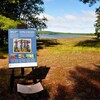
The Group of Seven in Algoma
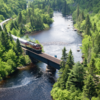
9 Facts to Know about the Agawa Canyon Tour Train
